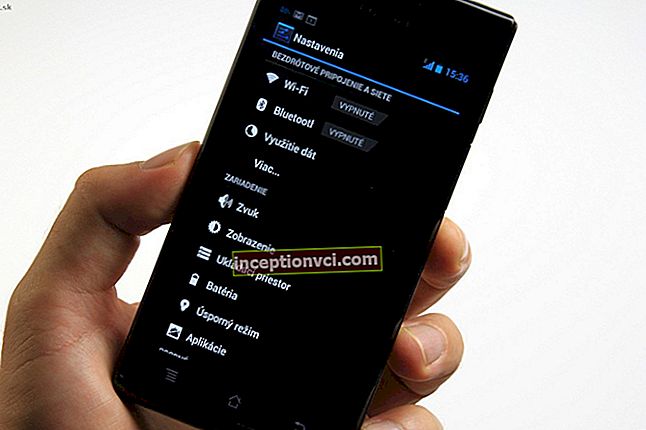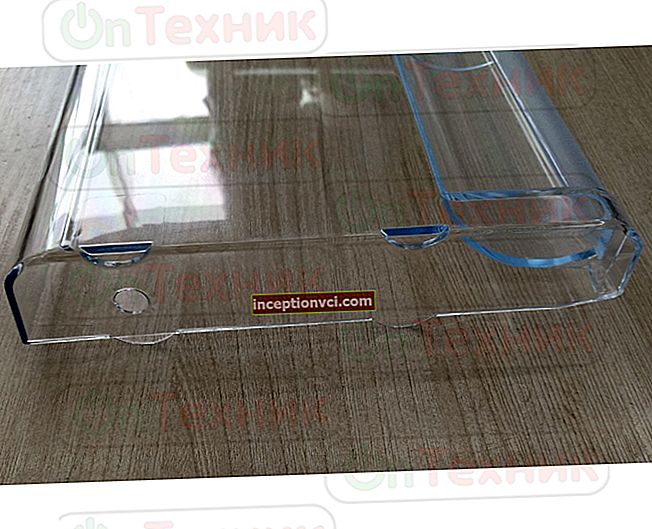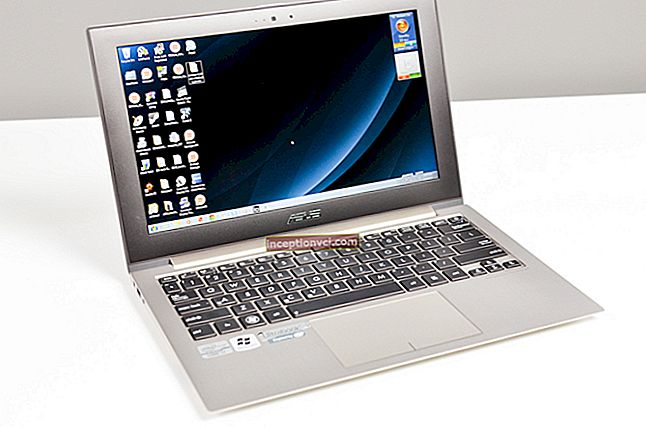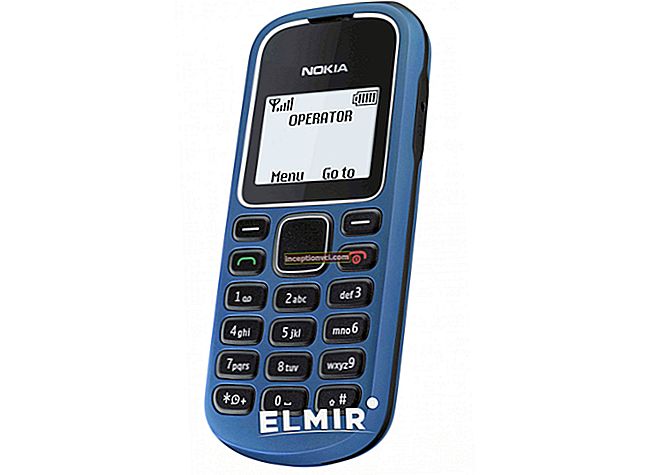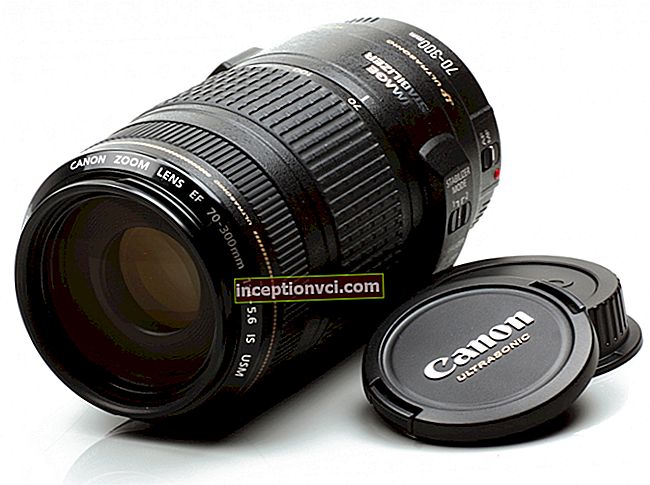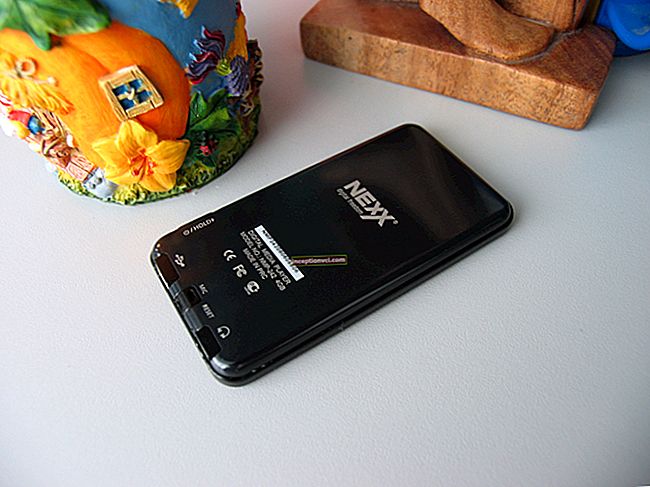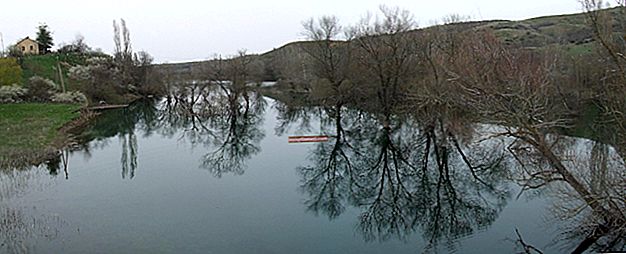Enemy # 1: brush
And any other solid objects, such as cereals, sand, sawdust, eggshells ... People's ingenuity will think of something else. To clean the thermos from tea plaque in this way means to scratch the flask a little more than completely. In metal, this can lead to damage to the seams, in glass - to a deterioration in the ability to withstand thermal shock. That is, the flask is more likely to crack if you pour hot into a cold thermos.

The more scratches on the flask, the deeper the plaque "eats in" and the more difficult it is to get rid of it.
Enemy # 2: "White"
Even a weak solution of "Whiteness" corrodes the seams of a stainless steel flask. Bleach chlorine in combination with plaque forms carcinogenic substances. They remain on the walls in trace amounts even after thorough rinsing of the thermos. In this sense, any other "harsh" chemistry is also the enemy of your health.
Friend # 1: baking soda
Pour 4-5 tbsp into the flask. spoons of baking soda, cover with warm water and leave to soak overnight. Shake and rinse in the morning.

Friend # 2: mustard powder
Almost a miracle cure. Contains enzymes that break down plaque. Dissolve a sachet of powder in warm water and leave in a thermos for 5-8 hours. Eco-friendly, safe, efficient.
Group of comrades # 3: means for removing calcium sludge
Hard water leaves a mineral sediment on the walls, which cannot be removed with soda and mustard. Use a dishwasher tablet or citric acid against it.
“[If] the flask is metal and was washed" never, "then there should be scale in the flask. It is she who can smell bad, this is a porous lime layer. To remove - anti-scale from the household store "
SergL, //forum.motolodka.ru/read.php?f=2&i=119391&t=119197
After dissolving the limescale, use baking soda or mustard to permanently remove the tea sediment.
